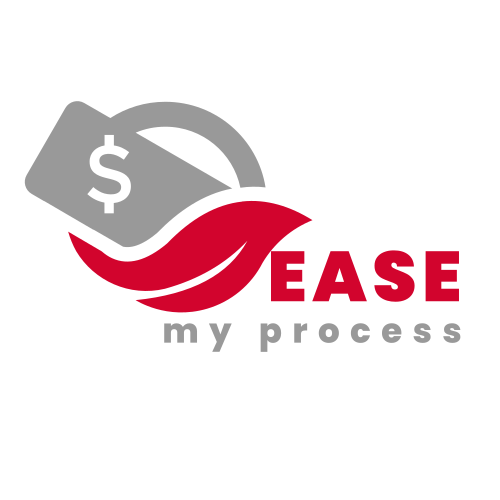- Published on
Cracking the Code: CACs in Customer Valuation (MPEEM)
- Authors

- Name
- Ease Pro
Cracking the Code: CACs in Customer Valuation (MPEEM)
Understand how Return ON and Return OF assets help isolate value in intangible asset valuation.
What Are CACs?
Contributory Asset Charges (CACs) = Economic charges for using supporting assets (like brand, workforce, equipment) that help generate revenue from the main intangible asset (e.g., customer relationships).
🎯 Purpose: To ensure that only net cash flows attributable to the subject intangible asset are valued.
Return ON vs Return OF – What's the Difference?
📈 Return ON Asset = Profit an investor expects for deploying capital (like interest/dividend).
📉 Return OF Asset = Recovery of the original capital over time (like depreciation).
🔄 Fixed assets require both. Intangibles like brand may only need Return ON.
Common Types of Contributory Assets & CAC Treatments
- Working Capital → Return ON only (e.g., 6%)
- Fixed Assets → Return ON + Return OF (e.g., 10%)
- Assembled Workforce → Return ON (based on replacement cost)
- IP, Brands → Royalty method / Profit Split (no CAC to avoid double-counting)
Important: Method must align with how asset was valued
— CAC or royalty, not both.
Key Valuation Watchouts
⚠Avoid double-counting CACs (e.g., don't apply CAC on brand if you've already deducted a royalty).
- Align with market participant assumptions.
- Allocate CACs proportionally when multiple intangibles are present.
- Recalculate annually — asset contributions change over time.
Why It Matters
✅ Proper CAC application helps prevent over/undervaluing customer relationships.
📊 Fair allocation of value = Defensible valuation under M&A and audit scrutiny.
💬 Save this if you're a valuation professional or FP&A lead working on intangibles!
